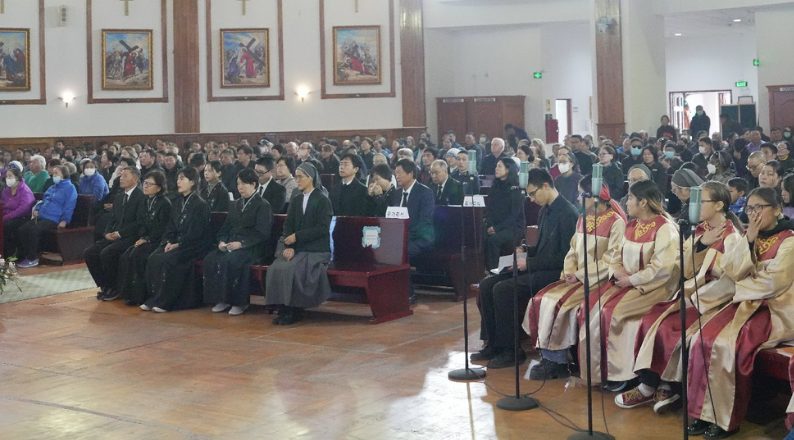(ZENIT News / Ulan Bator, 29.08.2023).- Pope Francis will visit Mongolia from August 31 to September 4. It will be a highly symbolic visit, not only because it is a very small ecclesial community, but also because it will give the Pope the occasion to be very close to two specific countries: Russia and China. What is the pastoral, charitable, educational and health care activity of the Catholic Church in that country of Buddhist majority?
In Mongolia, the nineteenth largest country in the world, there are merely 1,394 Catholics out of a population of 3.3 million inhabitants. In fact, there is only one ecclesiastical circumscription, which doesn’t even have the rank of a diocese. The Bishop who governs it is the youngest Cardinal in the world: 49-year-old Giorgio Marengo.
There are eight parishes and four Pastoral Centers of another type in the ecclesiastical circumscription of Ulan Bator. The proportion is 116 Catholics per Pastoral Center.
There is, in Mongolia, a total of six diocesan priests and 19 priests religious, that is, a total of 25 priests. There are also five Religious who are not priests, 33 women religious and one lay missionary. In the whole country, there are 35 catechists.
Proportionally speaking, Mongolian Catholics are one of the best cared for of the planet, as there is one priest for every 56 Catholics. As regards vocations, there are six major seminarians.
The Catholic Church in Mongolia has five nursery and primary schools, with 413 pupils and one lower level or secondary school with 190 pupils. In the health care realm, the Church as one medical clinic, two homes for the elderly and handicapped, five orphanages, four primary care clinics, one specialized Center of education or re-education, and 35 institutions of different types.



